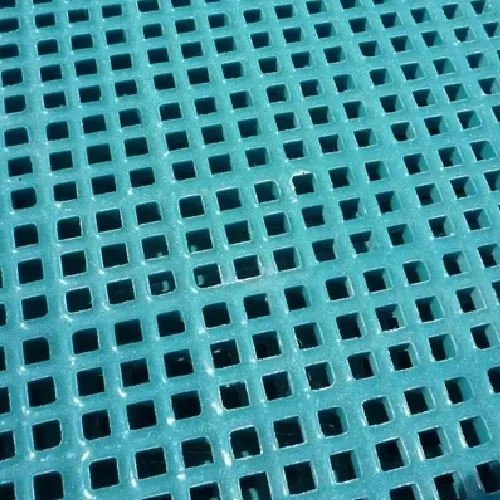loading...
- No. 9, Xingyuan South Street, Dongwaihuan Road, Zaoqiang County, Hengshui, Hebei, China
- admin@zjcomposites.com
- +86 15097380338
- Welcome to visit our website!
frp water softener tank
Understanding FRP Water Softener Tanks Benefits and Applications
In the quest for clean and efficient water use, water softening has emerged as a crucial process. Hard water can cause a variety of issues, from scale buildup in plumbing fixtures to inefficient appliance performance. Among the various technologies available for water softening, Fiber-Reinforced Plastic (FRP) water softener tanks have gained popularity due to their durability and efficiency. This article will explore the benefits and applications of FRP water softener tanks, making them a valuable choice for both residential and commercial water treatment systems.
What is FRP?
FRP, or Fiber-Reinforced Plastic, is a composite material made from a polymer resin combined with fiber reinforcements such as glass or carbon. This combination results in a lightweight yet incredibly strong structure that is resistant to corrosion and adverse environmental conditions. FRP is increasingly used in various industries, including construction, transportation, and water treatment.
Advantages of FRP Water Softener Tanks
1. Corrosion Resistance One of the most significant benefits of FRP tanks is their resistance to corrosion. Traditional metal tanks can suffer from rust and deterioration over time, especially when exposed to harsh water conditions. In contrast, FRP tanks maintain their integrity, leading to a longer lifespan and reduced maintenance costs.
2. Lightweight Compared to metal tanks, FRP tanks are much lighter. This feature not only simplifies the transportation and installation process but also makes them easier to handle during maintenance operations. This advantage is particularly crucial in residential settings or areas with limited space.
3. Customization FRP water softener tanks can be manufactured in various sizes and shapes, allowing customization to meet specific requirements. This flexibility makes them suitable for small apartments or larger commercial facilities, adapting to the unique water treatment needs of each application.
frp water softener tank

4. Cost-Effectiveness Although the initial investment in an FRP water softener tank may be higher than metal alternatives, the long-term savings are notable. The reduced maintenance frequency, combined with the tank’s durability, can lead to significant cost savings over time.
5. Thermal Stability FRP tanks are stable under varying temperatures, making them ideal for diverse environmental conditions. This stability ensures consistent performance, regardless of external temperatures.
Applications of FRP Water Softener Tanks
FRP water softener tanks are used in a wide range of applications. In residential settings, they are commonly installed in homes with hard water issues, providing an effective solution for families looking to improve water quality. By reducing hardness levels, these tanks help protect household appliances, plumbing fixtures, and improve the overall effectiveness of soaps and detergents.
In commercial and industrial applications, FRP tanks are widely used for larger-scale water treatment systems. Industries such as hospitality, healthcare, and manufacturing benefit from the consistent water quality that FRP softeners provide, leading to better process efficiencies and reduced operational costs.
Conclusion
FRP water softener tanks represent a modern solution for tackling hard water challenges. Their advantages, including corrosion resistance, lightweight design, customization, cost-effectiveness, and thermal stability, make them a superior choice compared to traditional metal tanks. With their diverse applications in both residential and commercial sectors, FRP water softeners are poised to play a crucial role in enhancing water quality and promoting efficient water use. As awareness of the importance of water treatment continues to grow, FRP water softener tanks are an investment that pays off in both performance and peace of mind.
-
The Rise of FRP Profiles: Strong, Lightweight, and Built to LastNewsJul.14,2025
-
SMC Panel Tanks: A Modern Water Storage Solution for All EnvironmentsNewsJul.14,2025
-
GRP Grating: A Modern Solution for Safe and Durable Access SystemsNewsJul.14,2025
-
Galvanized Steel Water Tanks: Durable, Reliable, and Ready for UseNewsJul.14,2025
-
FRP Mini Mesh Grating: The Safer, Smarter Flooring SolutionNewsJul.14,2025
-
Exploring FRP Vessels: Durable Solutions for Modern Fluid HandlingNewsJul.14,2025
-
GRP Structures: The Future of Lightweight, High-Performance EngineeringNewsJun.20,2025
